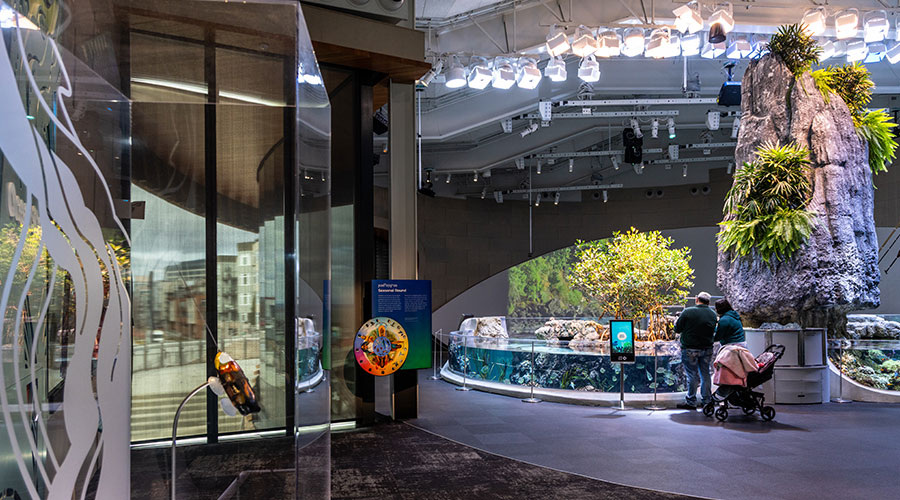Consider Energy and Maintenance Costs in Lighting Life-cycle Assessments
Over its lifetime, even an expensive chandelier could consume several times its purchase price in electricity. Anything that can be done to reduce power consumption will cut life-cycle cost. At the national average cost for power for commercial facilities of about 10 cents per kilowatt-hour, the sample fixture will consume about $33 of electricity each year (more for spaces lit over 3,500 hours a year). During a 30-year lifespan, that comes to about $1,000 in today's dollars, assuming no energy cost escalation, and no net increase in HVAC costs.
An array of cost-cutting energy technologies are available for retrofitting existing lighting or for specification in new lighting, such as low-wattage lamps like 25- to 30-watt T8s and high-efficiency electronic ballasts. Bi-level ballasts offer lower levels of lighting when acceptable such as during restocking, cleaning and unoccupied periods. When considering low-wattage T8s, avoid problems by verifying compatibility with existing ballasts.
Applying just the simplest options to our typical fixture could save about 10 percent — roughly $100 — on its life-cycle energy cost. If low-wattage lamps are installed during routine group relamping, the only incremental cost is the price difference for such lamps.
Labor Savings
Many facilities now outsource their lighting maintenance. Once lamp and ballast disposal became serious legal issues, and lighting technologies became more sophisticated, leaving it up to the janitor was no longer appropriate. Several studies have shown that scheduled group relamping may cut overall lighting costs compared to spot relamping as units burn out. One analysis found that the service paid for itself about 2 years into the usual 3 to 5-year relamping cycle. Such results vary with labor rates and other factors.
The cost to relamp a typical fixture ranges widely, depending on such factors as whether the work occurs during the day or night, ease of fixture access, age, number and type of lamps per fixture, union requirements, and what other services (e.g., replacement of failed ballasts) are included. Costs can run $4 to $8 per lamp, including a new lamp and disposal of spent lamps. Labor is roughly half that total cost.
Therefore extrapolating the cost of new lamps and their disposal and applying the midrange of that rate to the example fixture results in a labor-only cost of about $60.
Just as choices of lamps, ballasts, and controls can have a significant impact on energy costs of lighting, so may they affect the cost of lighting-related labor. "Think about switching to long-life lamps," says Pradeep Kapadia, director of Business Development at Lime Energy. "We've found that their increased cost, which is roughly double that of standard T8 lamps, is often a worthwhile investment. Instead of relamping every 3 to 4 years, that task may be held off for 6 to 8 years, significantly cutting the cost of labor and lamps."
For the sample fixture, doubling time between relampings would cut lifetime cost by about $30. The increased cost of long-life lamps is balanced by their extra life, yielding no net increase in lamp cost.
Where occupancy sensors are in use or are being installed, a similar case may be made for using programmed-start ballasts. Such ballasts are gentler on lamp cathodes, stretching lamp life even with the extra on/off cycling from sensors. Where lamps are on continuously during work hours, however, instant-start ballasts may minimize total wattage without significantly reducing lamp life.
|
FOUND MONEY
Incentives and Rebates
Various agencies, rebates, and tax incentives are available to help cut the energy cost of lighting. Find technical assistance through your utility, state energy office, or EPA's Energy Star program at www.energystar.gov.
To see what rebates, grants, and tax credits may be available, check out:
— Lindsay Audin
|
Related Topics:














